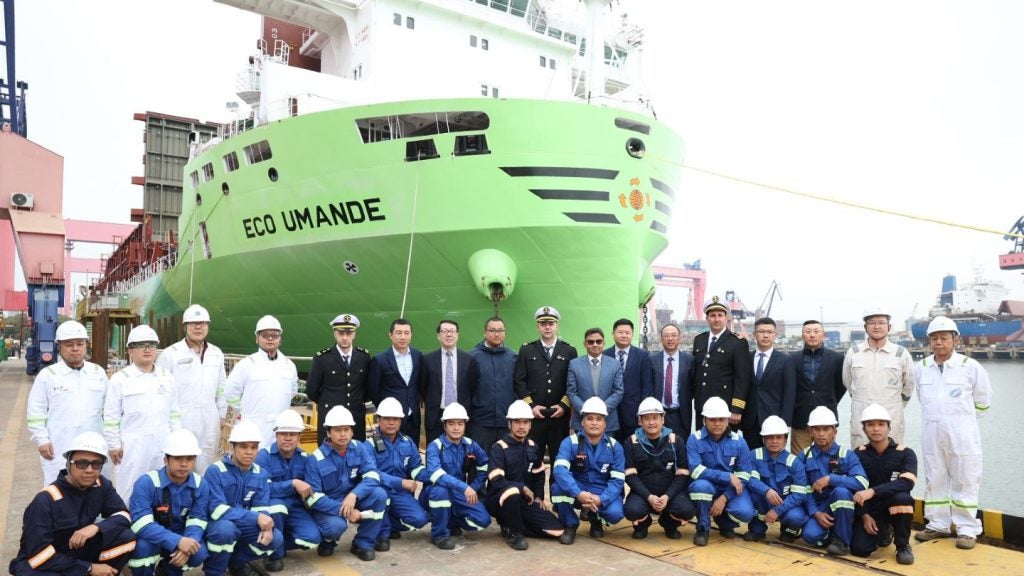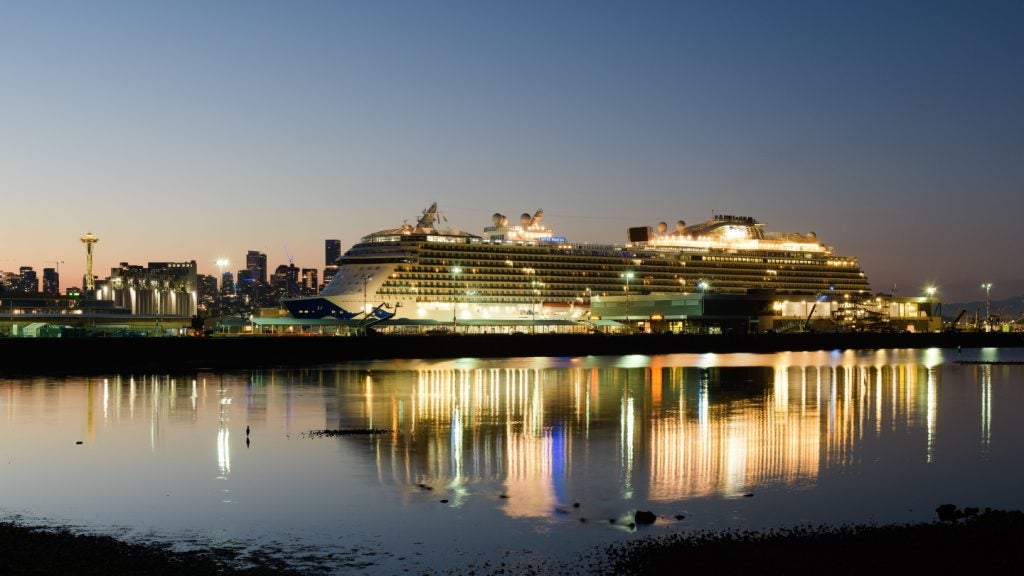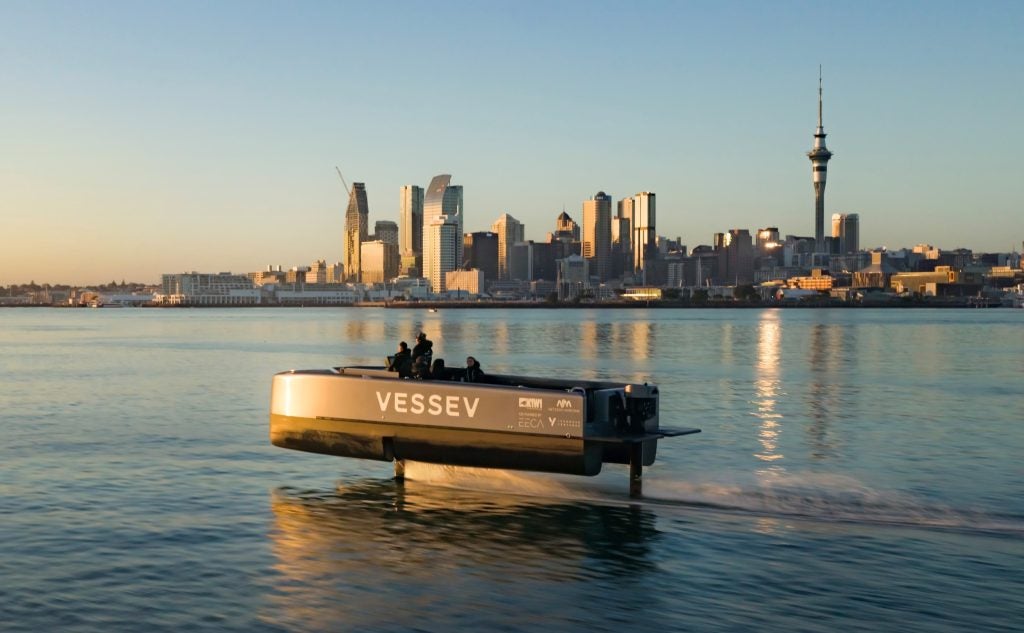
Norway’s Kongsberg Maritime has been contracted by Cammell Laird as the primary supplier to provide acoustic scientific research and mapping equipment for Natural Environment Research Council’s (NERC) new polar research vessel.
Once completed, the new ship, named RRS Sir David Attenborough, will be used by British Antarctic Survey (BAS), UK, in Antarctica and the South Atlantic region.
As part of the deal, Kongsberg will provide ice protected multibeam mapping systems, as well as polar seagoing science platform to meet the science requirements of the UK.
The equipment to be provided by Kongsberg includes an EM 122 Deep water multibeam system, an EM 712 Medium depth multibeam system, a TOPAS PS 18 Sub bottom profiler, an EA 640 Scientific echo sounder, an EK 80 Biological multi-frequency echo sounder ,and an ME 70 Biological multibeam echo sounder.
The equipment also includes an MS 70 Biological multibeam echo sounder, an SH 94 Omni direction sonar, an SX 94 Forward looking sonar (Omni directional) and a K-Sync Synchronisation unit.
British Antarctic Survey science director David Vaughan said: "The RRS Sir David Attenborough will be a state-of-the-art multidisciplinary science platform and the UK's largest and most advanced research vessel.
How well do you really know your competitors?
Access the most comprehensive Company Profiles on the market, powered by GlobalData. Save hours of research. Gain competitive edge.

Thank you!
Your download email will arrive shortly
Not ready to buy yet? Download a free sample
We are confident about the unique quality of our Company Profiles. However, we want you to make the most beneficial decision for your business, so we offer a free sample that you can download by submitting the below form
By GlobalData“It will enable cutting-edge science across a broad range of disciplines (physical, biological and chemical oceanography, marine geology and geophysics, and atmospheric science) required to understand the impact of a changing polar environment on our planet.
“In so doing it will help maintain the UK at the forefront of polar research.”
The £140m vessel is currently under construction at Cammell Laird’s shipyard in Birkenhead located in the Port of Liverpool City Region, UK.
Featuring a length of 125m, width of 24m and draft of around 7m, RRS Sir David Attenborough is set to enter operation by 2019.
Image: Data from the Petermann Fjord northwest Greenland, collected using Kongsberg EM 122 and EM 2040. Photo: courtesy of Martin Jakonsson Stockholm University.







